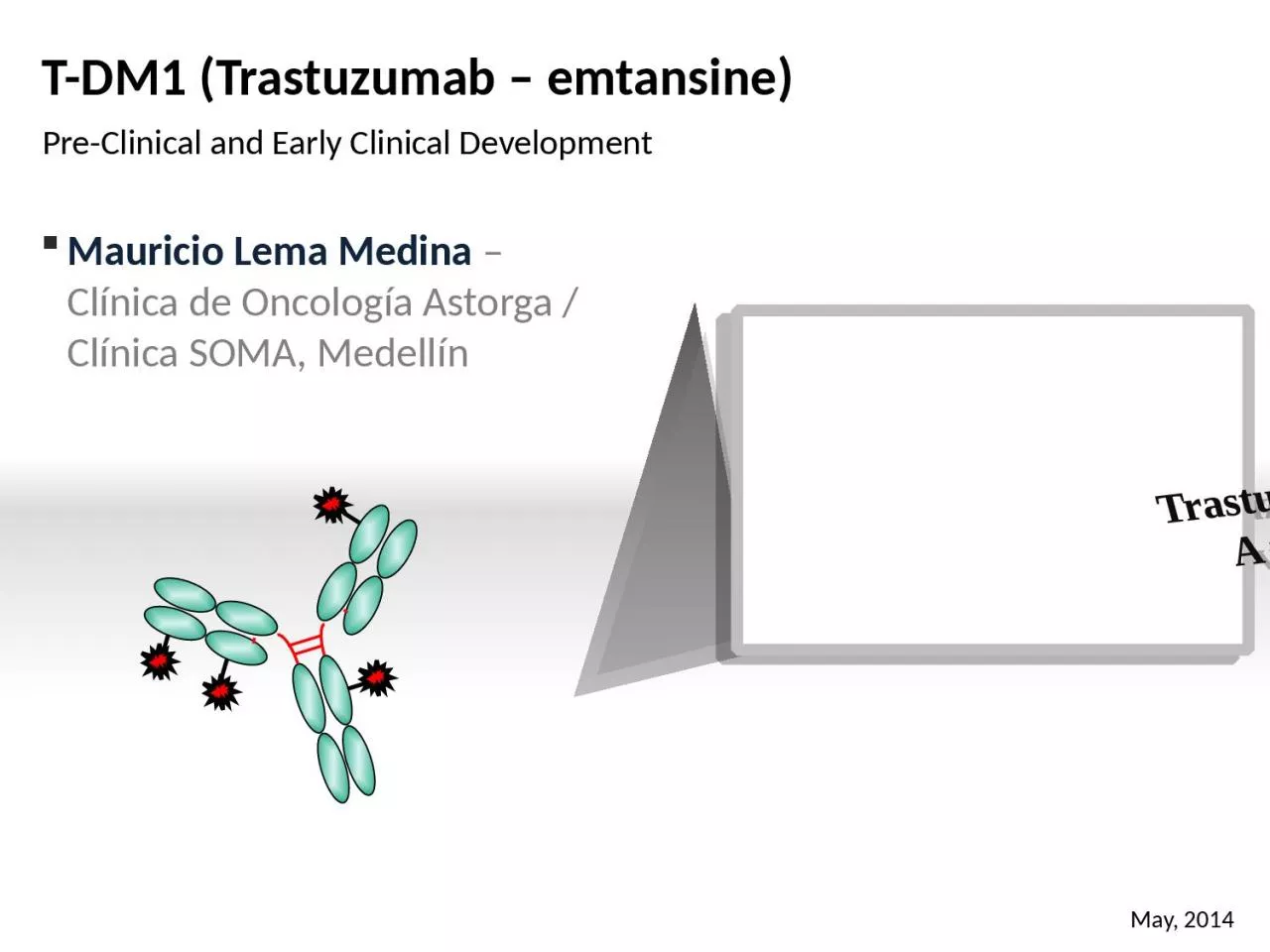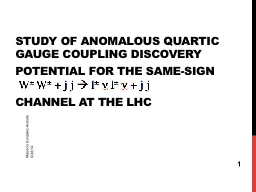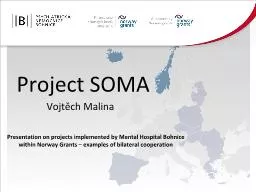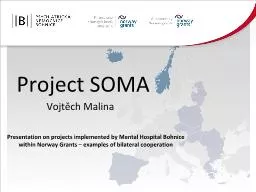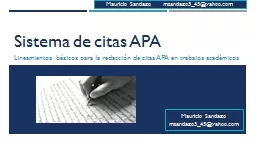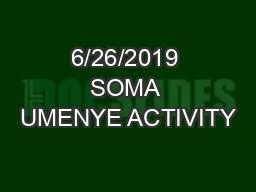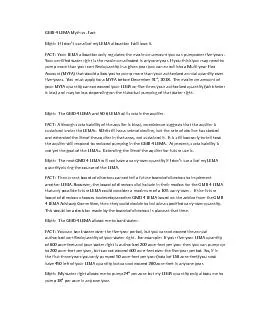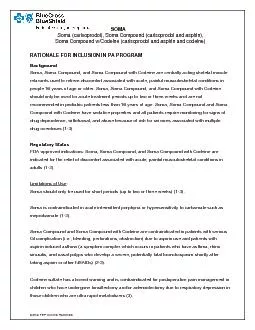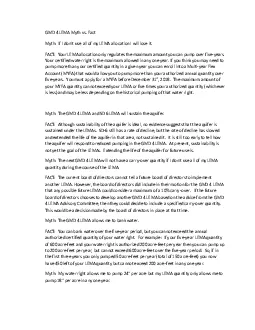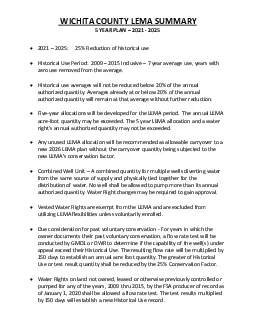PPT-Mauricio Lema Medina – Clínica de Oncología Astorga / Clínica SOMA, Medellín
Author : delcy | Published Date : 2024-02-09
Trastuzumabemtansine A very nice poison TDM1 Trastuzumab emtansine PreClinical and Early Clinical Development May 2014 Overview Anti HER2 therapy in mBC
Presentation Embed Code
Download Presentation
Download Presentation The PPT/PDF document "Mauricio Lema Medina – Clínica de On..." is the property of its rightful owner. Permission is granted to download and print the materials on this website for personal, non-commercial use only, and to display it on your personal computer provided you do not modify the materials and that you retain all copyright notices contained in the materials. By downloading content from our website, you accept the terms of this agreement.
Mauricio Lema Medina – Clínica de Oncología Astorga / Clínica SOMA, Medellín: Transcript
Download Rules Of Document
"Mauricio Lema Medina – Clínica de Oncología Astorga / Clínica SOMA, Medellín"The content belongs to its owner. You may download and print it for personal use, without modification, and keep all copyright notices. By downloading, you agree to these terms.
Related Documents

